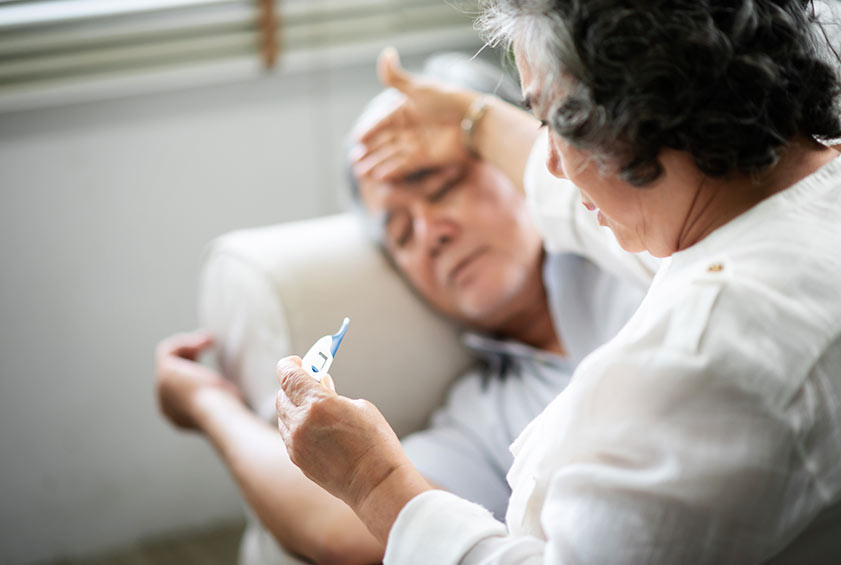Pneumonia in the elderly can be difficult to treat because of multiple conditions, such as respiratory diseases and chronic diseases that have affected the older person’s immune system. By following the treatment plan outlined by their healthcare providers and taking preventative measures, they can enjoy long and happy lives even with this illness. Follow these steps if you suspect pneumonia in the elderly in your family members or friends.
Weakness and Fatigue
After pneumonia, many family members feel severely weak and tired. As a result, they may not be able to get around as quickly as they used to. Others may even need to move into a skilled nursing senior living home for medical care and specialized rehabilitation if their condition isn’t well managed. Keep in mind that some of these side effects are caused by other medications, particularly narcotic pain relievers. Many doctors believe opioids are overprescribed for people with pneumonia because their high-pitched cough makes them appear to be in more significant distress than they are. However, doctors agree that narcotics can help reduce coughing while patients wait for antibiotics to take effect. Always talk with your loved one’s doctor about whether any type of drug is essential or if it could be reduced or eliminated without causing problems.
Pain in the Chest or Ribs
Pneumonia is often accompanied by pain in one or both sides of your chest. This can be a particularly worrying symptom as it mimics that of a heart attack. If you experience these symptoms, seek medical attention as soon as possible. Usually, pneumonia will settle within two weeks, but your body will need time to recover fully – even if you feel better. A chest X-ray may be required to make sure there isn’t fluid on your lungs; usually, medication (e.g., antibiotics) and oxygen are used to aid recovery and reduce complications such as pneumonia-related infections like bronchitis or lung abscesses cause permanent damage if not treated quickly enough.
Fever and Chills
Fever is usually a symptom of pneumonia in many of our loved ones, but it can also signify other conditions. If you notice a fever in someone over 65, don’t assume it’s pneumonia until it’s been checked out by a doctor. Watch for signs like confusion or disorientation—these could be symptoms of delirium brought on by infection or illness. Nausea, vomiting, chest pain, breathing problems, coughing up mucus, trouble swallowing—symptoms like these are often seen with pneumonia in our family members. They might also indicate some other underlying health issue that requires attention before treating pneumonia symptoms.
A Lower-Than-Normal Body Temperature
Feeling colder than usual, especially when your normal temperature is warm, indicates a fever. Fever is a sign of inflammation in your body. A low-grade fever of 100 to 101 degrees Fahrenheit (38 to 38.3 degrees Celsius) often accompanies pneumonia. If you have a high-grade fever or a temperature higher than 102 F (39 C), seek immediate medical attention because it could be a life-threatening condition called sepsis. Ask anyone affected with pneumonia what their lowest recorded temperature was during recovery; it will likely be lower than before they became ill with pneumonia—in other words, lower than their baseline temperature for wellness.
Shortness of Breath
Shortness of breath is one of the most common symptoms of pneumonia in older adults. This is because an infection can cause fluid to accumulate in your lungs, making it harder for you to take in air. If you’re an older adult who is experiencing shortness of breath, make sure to call your doctor right away!







